Getting By Without Food
DEADHORSE, ALASKA– Spring is continuing here, but the unusual warmth of last week has faded. In recent days temperatures have dropped into the teens and twenties (Fahrenheit) and two nights ago even dipped to six degrees below zero. For several days we have had light snowfall and ice fog off and on, which has prevented us from flying much of the time. Our crew has changed, including the arrival of my second graduate advisor from the University of Wyoming.
For field work, we have very nice accommodations here in Deadhorse including occasional meals at one of the hotels in town. Polar bears do not have the luxury of eating regularly – sometimes they must go for days or even weeks and months without having the opportunity to kill a seal for food.

Site of a seal kill by polar bears, probably a sow and cub we spotted nearby that afternoon. Seals – here, likely ringed seals (Phoca hispida) – maintain lairs carved out in snow drifts on the sea ice, in which females give birth and nurse their young. The lair is over a hole in the ice, allowing the seals to come and go without being seen. Polar bears seek out lairs and pounce through the snow roof to catch the seals inside – this likely created the hole in the center of the photo. We hovered about fifteen feet above the site for this photo.
Polar bears specialize in hunting seals and seals provide most, if not all, of the polar bear diet. During summer, some bears remain on shore as the sea ice retreats far north; seals are typically not available for hunting on shore during summer, so these bears probably have little to eat. Some bears follow the retreating sea ice north; however, if the sea ice retreats too far north (as has happened in recent years) it moves beyond productive near-shore waters where it is thought that seals congregate. In that situation bears spending the summer on the sea ice may find little to eat as well.
To find out if bears are getting by without food during the summer, we are taking samples indicative of fed status for bears on shore and those on ice. One sample is exhaled breath. Once the bear is anesthetized, we place a mask over its snout; the mask is connected to a two-way valve and the exhaled air fills a collection bag. Usually it takes less than a minute for the bear to fill the bag.
One analysis estimates how much of the carbon in the exhaled carbon dioxide is actually carbon-thirteen (13C). This is a stable isotope of carbon; unlike a radioactive isotope, it does not readily break down (thus the term “stable” isotope). 13C is slightly heavier than regular carbon and is present in small amounts in most things. The carbon in exhaled carbon dioxide comes from digested food – and, the amount of 13C in carbon dioxide will be slightly different if a polar bear is breaking down its own fat stores for energy than if a polar bear is digesting a seal it has killed. Once our collection bag is full of exhaled breath, we take a small sample of the breath and inject it into an airtight container for stable isotope analysis back at the University of Wyoming.


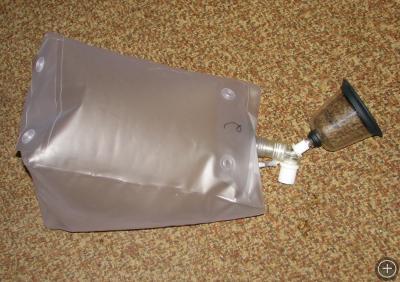
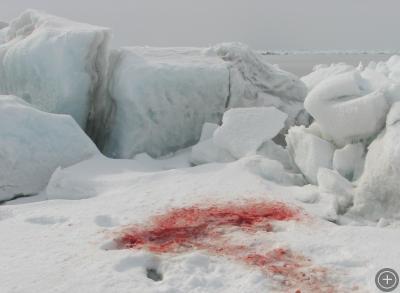
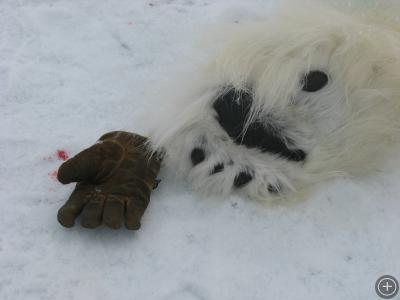

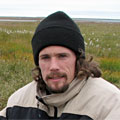

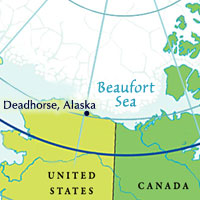





Wonder if polar bears could get by with pretzels and apples? Great pictures and information-especially enjoyed the information about breathing samples and diet…sort of like garlic?
I co-host a weekly radio show in Yellowknife, NWT. The program focuses on climate change from a scientific and aboriginal perspective.
Would you have time to chat sometime this week?
Kirsten
Hi Kirsten,
Thanks for checking out the dispatch. I am currently pretty difficult to reach in the field, but please send me an email (jwhitema at uwyo.edu) and we can get in touch.
John